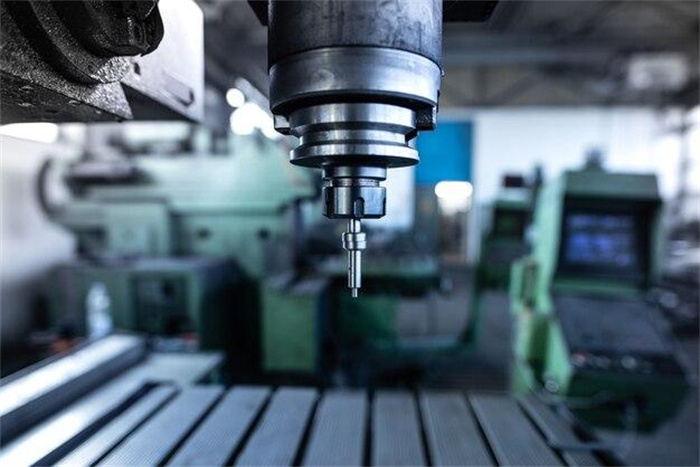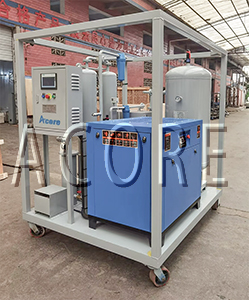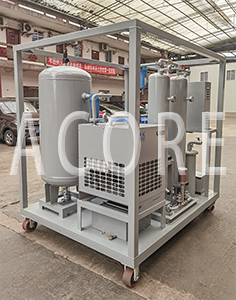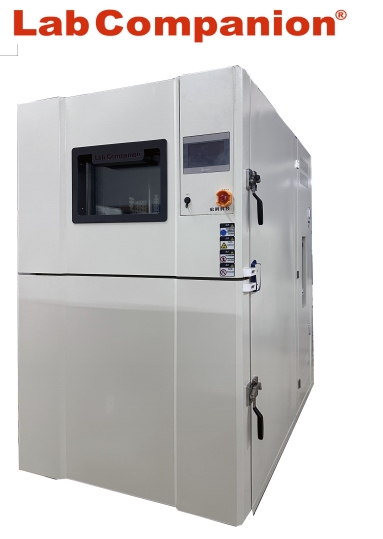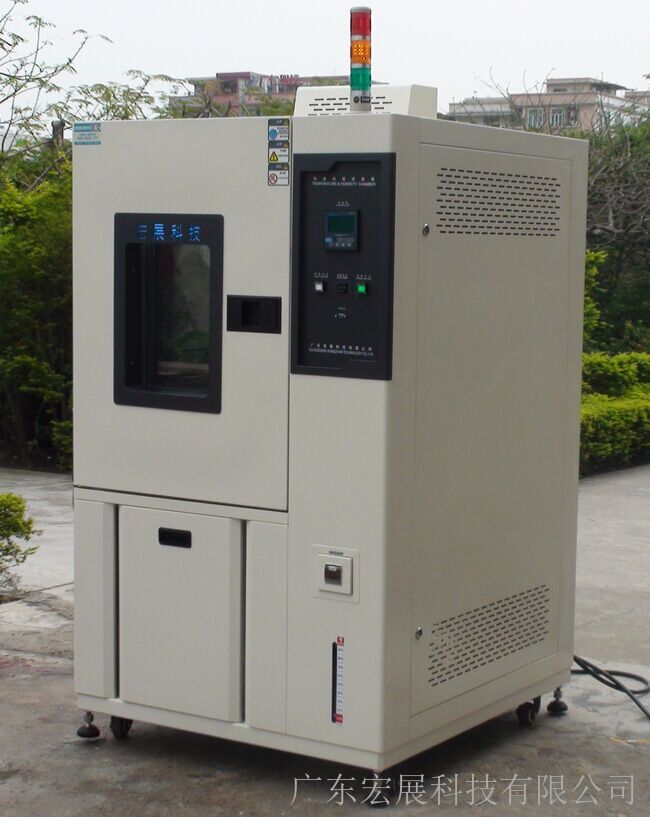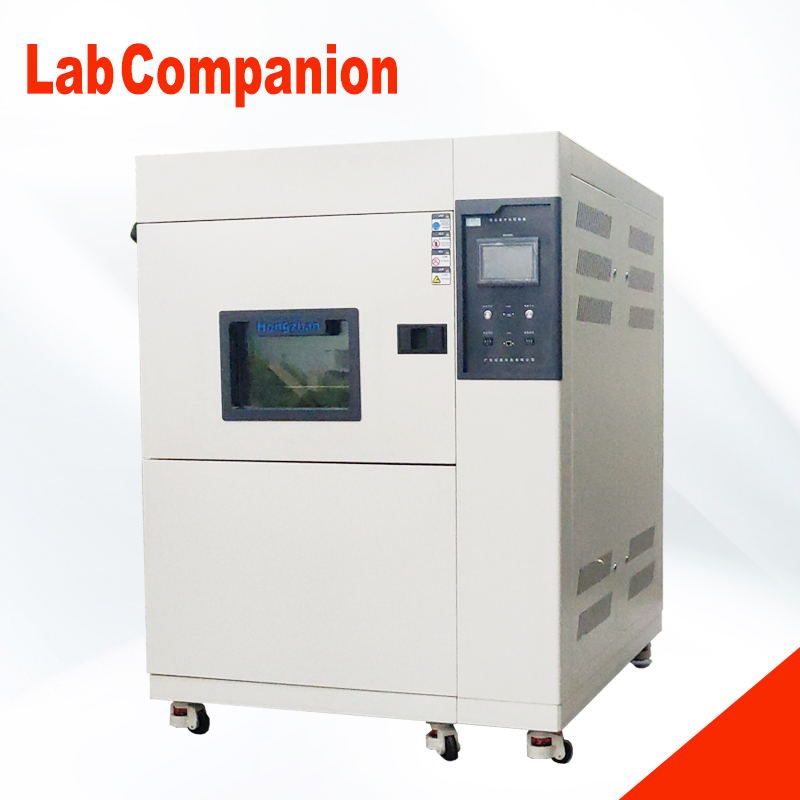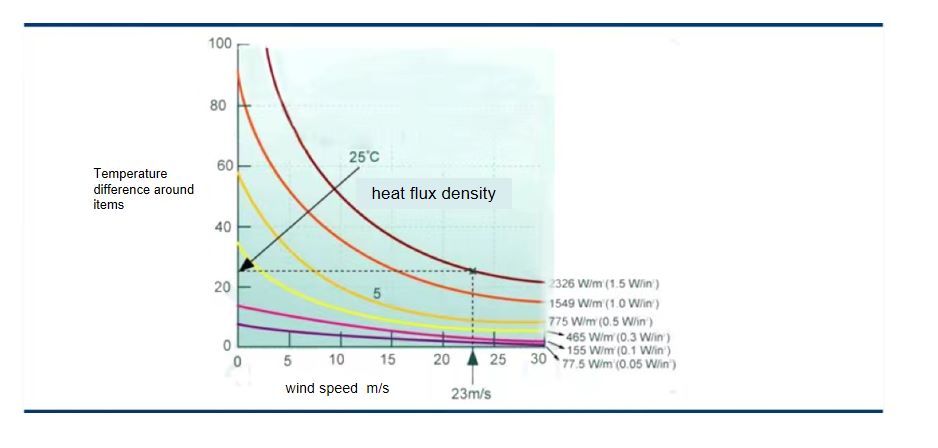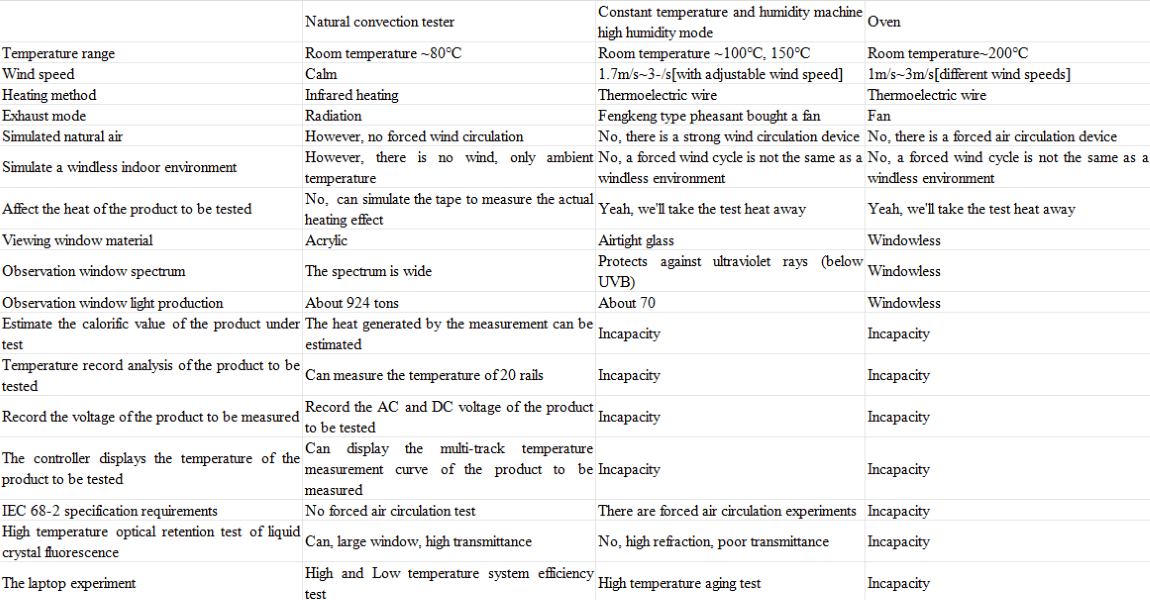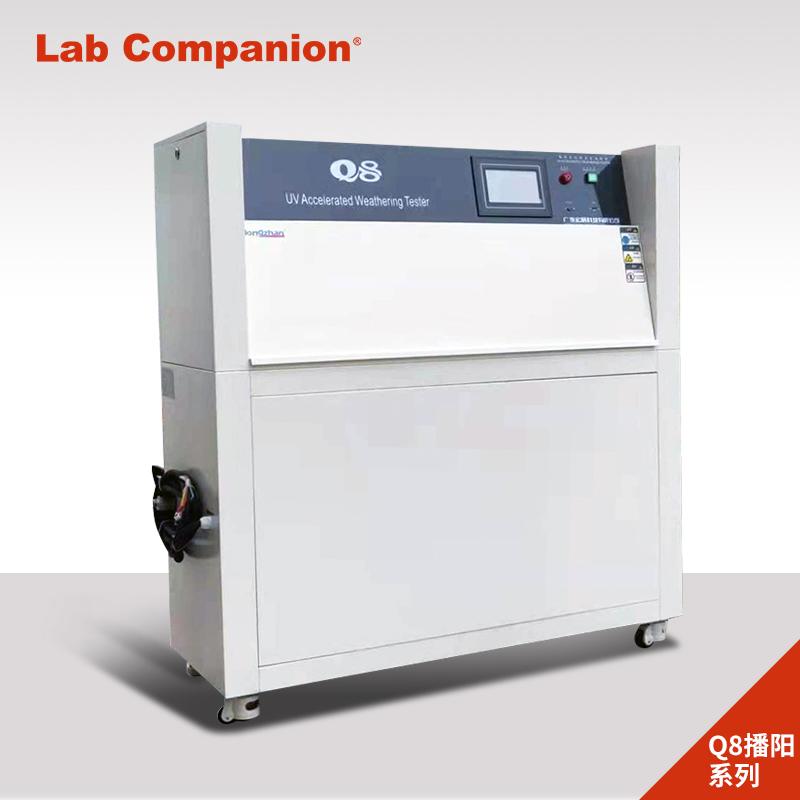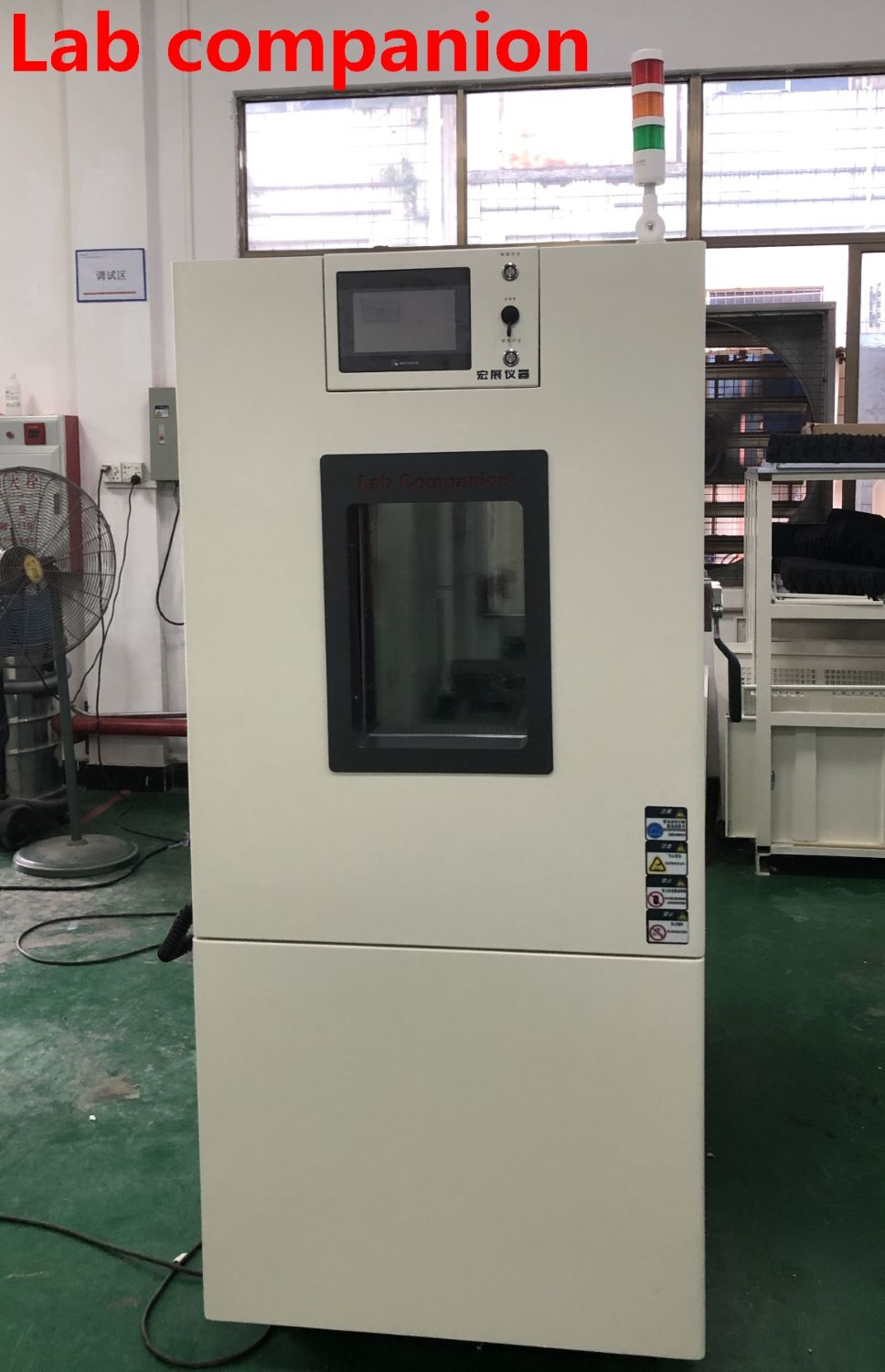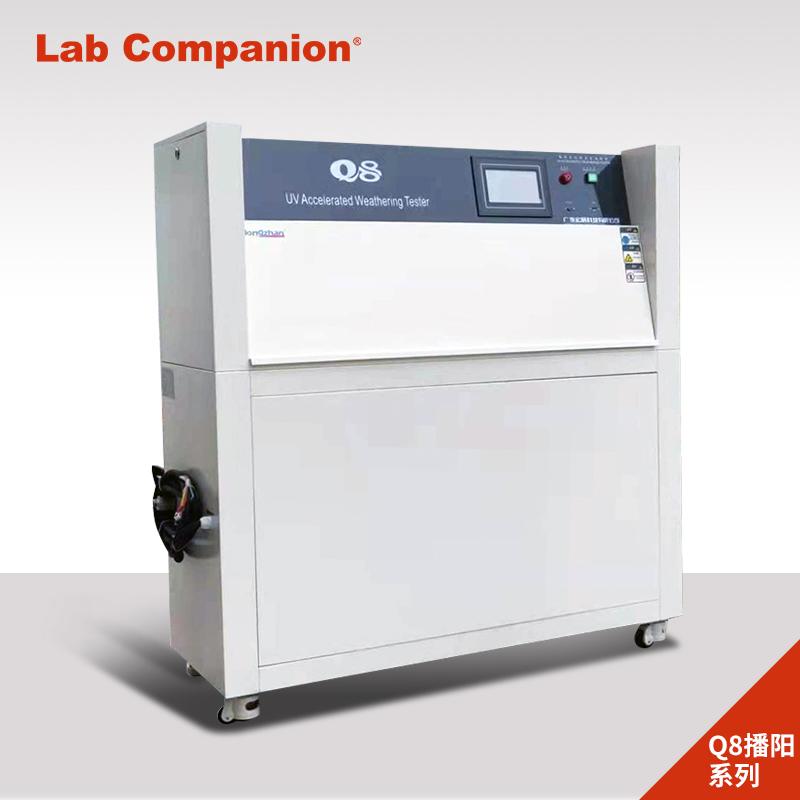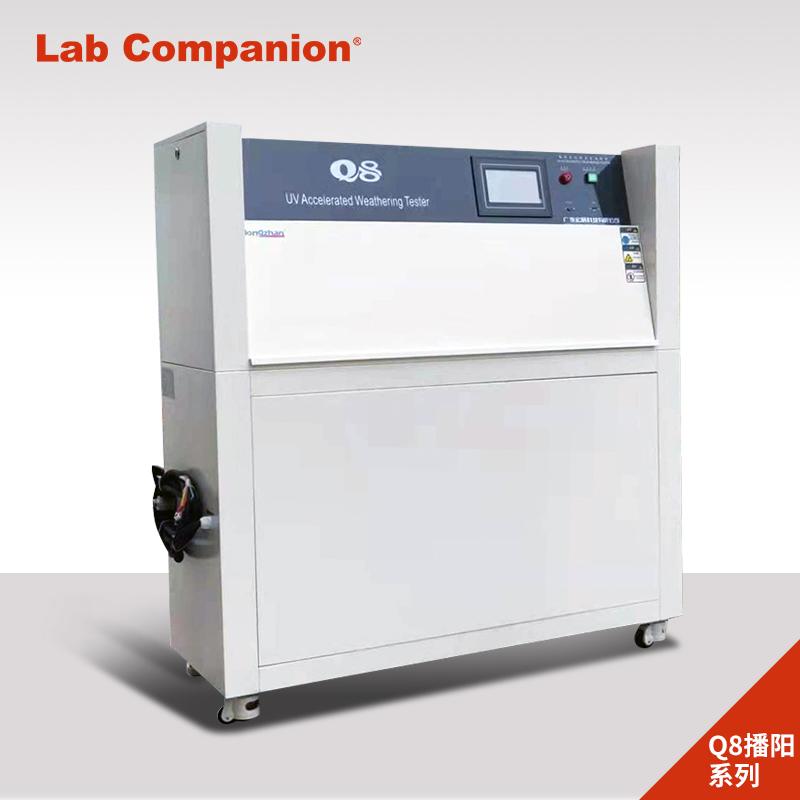How CNC Lathe Technology is Helping with the Manufacturing Sector
Are you looking to increase your production capabilities and stay ahead of the competition? Computer Numerical Control (CNC) technology is something you should surely opt for. According to the National Institute of Standards and Technology (NIST), CNC technology increases production efficiency by up to 85%, making it a pivotal force in modern manufacturing. Specifically, it has brought better parts and high accuracy to the manufacturing floor, including the use of CNC lathes. The present article focuses on the advantages of the CNC lathe machine, how its use enhances production, and how one can compare vertical and horizontal CNC lathes.
We will also learn how CNC technology improves the machining process and help you identify the suitable lathe machine for your business.
What is the Basic Principle of a CNC Lathe Machine?
CNC lathe is a machinery developed to perform cutting, boring, and turning operations on materials with high precision and speed. As opposed to conventional techniques, CNC lathes incorporate specific computational ascetics to regulate numerous factors of the matter. This cuts down on the involvement of human intervention, which may lead to the making of errors and hence enhances the accuracy of the machining done.
CNC lathe machines are basically used to hold the workpiece against a turning tool, which rotates the workpiece while cutting, drilling, and threading at the same time. CNC lathe machines are available in either vertical or horizontal configurations, depending on the requirements for the particular task at hand, and each has its unique strengths.
Vertical vs. Horizontal CNC Lathe: Selecting the Best Lathe Machine
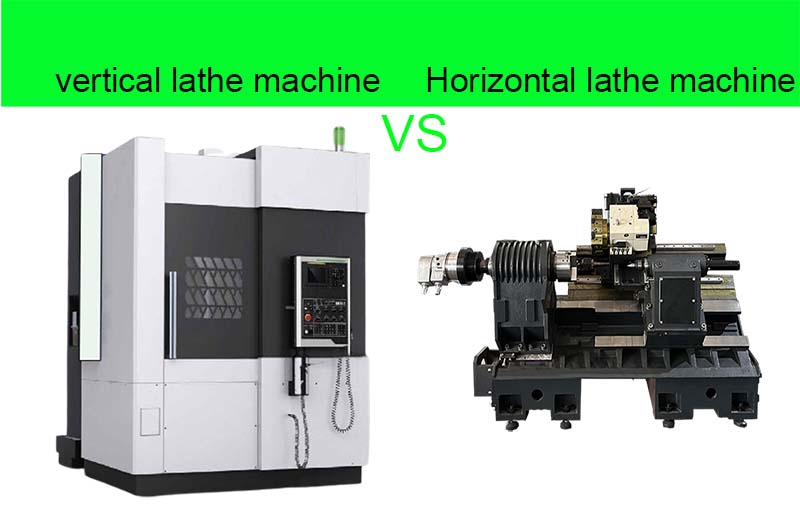
Vertical CNC Lathes:
|
Instructions |
Typical Values |
Working |
|
Spindle Speed Range (RPM) |
20 - 3,500 RPM |
Suitable for large workpieces, slower due to part size. |
|
Maximum Cutting Speed (m/min) |
150 - 400 m/min |
Provides good cutting efficiency for more significant components. |
|
Spindle Motor Power (kW) |
22 - 55 kW |
Higher power supports heavy-duty operations. |
|
Maximum Workpiece Diameter (mm) |
1,500 - 3,000 mm |
Designed for more extensive, heavy workpieces like gear blanks. |
|
Maximum Workpiece Weight (kg) |
5,000 - 15,000 kg |
Supports heavier parts due to vertical structure. |
|
Axis Travel (Z-axis) |
1,000 - 2,000 mm |
Vertical travel supports deep drilling. |
|
Tool Turret Speed (Tool Change Time) |
0.5 - 2.5 sec |
Efficient tool change improves machining cycles. |
|
Surface Roughness |
1.6 - 3.2 µm |
Good surface finish for large-diameter parts. |
A CNC lathe machine is a sophisticated piece of equipment meant to help execute turning, boring, and cutting of different materials in an exact manner. Another significant difference is that the CNC lathes do not use manual controls as do the conventional ones. Instead, they feature computer systems that interface to control several parameters of the machining procedure.
The primary use of a CNC lathe is to turn a piece of material against a center with a cutting tool, which cuts, bends, or drills the required shape accordingly. CNC lathe machines can be vertical or horizontal according to the working requirements; every structure has suitable machining applications.
Horizontal CNC Lathes:
|
Specifications |
Typical Values |
Working |
|
Spindle Speed Range (RPM) |
50 - 6,000 RPM |
Higher speeds for cylindrical parts and small workpieces. |
|
Maximum Cutting Speed (m/min) |
250 - 600 m/min |
Higher cutting speeds for mass production. |
|
Spindle Motor Power (kW) |
18 - 45 kW |
Suitable for medium to high production demands. |
|
Maximum Workpiece Diameter (mm) |
400 - 800 mm |
Designed for smaller, high-speed production parts. |
|
Maximum Workpiece Weight (kg) |
500 - 3,000 kg |
For lighter, high-precision components like shafts. |
|
Axis Travel (Z-axis) |
700 - 1,200 mm |
Horizontal travel for elongated parts like rods |
|
Tool Turret Speed (Tool Change Time) |
0.2 - 1.5 sec |
Faster tool changes for higher throughput. |
|
Surface Roughness |
0.8 - 1.6 µm |
Excellent surface finish for precision components. |
The horizontal CNC lathe employs features like precision marble beds and hydro-static spindles, and it is lightweight with particle damping to achieve high accuracy. These characteristics help to improve dynamic performance in that; there is a reduction in the vibration level and a higher natural frequency hence; desirable machining performance.
Specialized Horizontal CNC Lathes
Some of the specialized horizontal CNC lathes include automobile steering bars with machining fixtures, whereby specific spindle boxes support the design, hence minimizing labor. These lathes have horizontally positioned spindles, which makes them suitable for turning long cylindrical products like shafts. They are also suitable for mass production due to their stiffness in use, high cutting speeds, and easy chip removal.
Choosing Between Vertical and Horizontal Lathes:
The type of CNC lathe used, vertical or horizontal, depends on the dimensions of the workpiece, its difficulty level, and the batch production required. Vertical CNC lathes are unique for rigid, large, or complex workpieces due to their high torque and compact structure, although some machines may vibrate.
However, horizontal CNC lathes provide better accuracy and faster cutting to improve the production of low-cross-sectional, cylindrical goods. While the vertical lathe is designed for specific use in areas such as automotive, the horizontal lathe is widely used in almost all fields.
How Do CNC Lathes Enhance Precision and Efficiency?
1. Lightweight CNC Lathes and Vibration Control for Precision Manufacturing
CNC Lathes with new lightweight construction and Particle Damper Technology allow excellent performance and lower vibration. They decrease their weight by up to 50 pounds as much as possible. 8% makes them more efficient in high-speed productions without compromising accuracy. This enhanced mode of vibration control enhances the finishing of the surface and durability of tools, which is essential in industries such as aerospace and automobile. This is appreciable in vertical and horizontal CNC lathes, making the operations smooth and efficient.
2. Enhanced Machining Accuracy and Faster Setup with CNC Programming
Computer numerical controlled programming helps to guarantee high Machining accuracy to minimize tool path deviations that may cause errors in the parts. Such accuracy is crucial within industries such as aerospace and automotive, where part and component dimensions are significantly regulated. However, the setup times are also reduced with the CNC lathes since they can be quickly reprogrammed, and hence, the lathe's productivity is superior to that of conventional machines.
3. Multifunctionality and Hybrid CNC Machines for Versatility
Many different operations, such as turning, thread cutting, drilling, etc, are possible with attachments on a CNC lathe. Turning & milling hybrid CNC machines compile both turning and milling operations in a single setup and provide a broader range of geometries than conventional turning systems. It also increases flexibility and performance in aerospace, metalworking, and automotive fields.
4. Automation and Optimized Cutting Speeds for Production Efficiency
Automation of CNC lathe machines reduces manual interferences and decreases errors as the machines work accurately. Higher cutting speeds that are achieved and regulated according to mechanical properties improve the cycle time and longevity of the cutting tools. This, coupled with automation and optimized speeds, makes manufacturing operations more efficient, controls the cost of labor, and makes manufacturers more competent.
5. Precision Manufacturing and Vibration Control for Quality Parts
CNC lathes provide greater accuracy in dimensions, which is paramount in manufacturing medical equipment and aircraft, among others. Proper control of vibrations helps to have even surfaces and makes tools last long. Since it has integrated control for the tension of the belt used in the CNC lathes, the machining is steady, and there is no uneven production of parts of low quality, hence minimizing wastage.
What are the Applications of CNC Lathe Technology?
1. Machine Shop Programming
Turret-type CNC lathes are especially useful for many machine shop computer programming applications. They are proficient in chucking and bar processing, enabling various machining. These skills are beneficial when handling several setups with a lot of delicacy, making them very useful in machine shops. CNC lathe technology increases production by automating time-consuming processes, hence crucial in industries requiring high precision.
2. Additional Attachments and Versatile Operations
Components like grinding spindles to CNC lathes can introduce a new level of functional versatility. This enables a CNC lathe to attain and grind operations within a single setting. Such attachments must be run with the assistance of high-level software to manage the grinding wheel's operation. Such versatility enables the CNC lathes to perform various machining requirements while proving the versatility of modern CNC technology.
3. Surface Roughness Control and High Precision
New methods in CNC lathe technology, such as artificial neural networks (ANN), determine surface roughness. Satisfactory surface finishes and the dimensional accuracy required for the workpiece can, therefore, be realized through optimization of cutting parameters using predictive models on CNC lathes. This high precision is essential in sectors where the flatness of the surface and dimensions are crucial factors. From applying ANN to CNC lathes, this paper also demonstrates how the technology improves machining steadiness and output quality.
4. Educational Models and Accessibility
Developing affordable CNC wood lathes is one of the viable ways ITTN can spread the use of CNC technology, especially in learning institutions. These models can significantly minimize the cost of production and occupation space and serve as a helpful learning apparatus for students and hobbyists. Due to new light and cheap designs, the educational institution can provide practical experience with CNC lathes and acquire a better understanding of precise machining and automation.
5. Lightweight Designs and CAM Integration
Lightweight designs, including integrating linear motors in CNC lathes, enable sub-micron positioning accuracy. An increase in speed precision increases high-speed operation and also overall machining performance. Also, Computer Aided Manufacturing (CAM), when implemented along with the CNC lathes, optimizes the programming processes and enhances the performance by achieving better accuracy in the machining process and part fabrication. The advancements in CNC lathe technology prove the role of the technology in producing optimal results in manufacturing.
What are the Benefits of CNC Lathe Machines for Manufacturing?
1. Improved Machining Precision and Higher Productivity
CNC lathes are precision machines that provide accurate machinery or operations, usually demanded by the aerospace and automotive industries. ORIZATION ensures that every part of the product is machined to a required level of accuracy minus human interference. In the same respect, CNC lathes do not undergo regular downtimes; hence, they can work for long and produce high volumes in equal measure. In this method, several parts can be machined simultaneously, increasing efficiency.
2. Multipurpose Use in Machining Processes and Labour Savings
CNC lathes are flexible; they can cut, drill, thread, and perform boring operations on this lathe type. This means that they can be used for a small number of workers, as those found in a small workshop, and for a relatively large number of workers, as may be found in manufacturing industries. Furthermore, automation in CNC lathes lowers the demand for skilled personnel as almost all operations are carried out by the machine. This reduces the expenses on employees while at the same time ensuring an organization retains or improves the quality of its productions.
3. Consistency, Repeatability, and Increased Efficiency
Traditional lathes take substantial time to produce numerous similar parts with high accuracy and consistency. In contrast, CNC lathes give consistency, allowing one to get a thousand similar parts without much deviation. This is important in industries where product standardization is necessary, especially throughout large batch production. The positive performance of CNC lathes makes it easier to improve productivity and meet high-quality demands, making them crucial components of modern output.
What are some of the Best CNC Lathe Machines for Manufacturers?
1. HAAS Automation
Based in the United States of America, HAAS Automation is a reputable CNC lathe machine producer that produces highly durable and accurate lathes suited for different sectors. It is made to offer CNC machining solutions to companies, enabling enhanced efficiency in the lathe machines primarily used in complicated exercises. Due to this flexibility, HAAS Automation’s horizontal and vertical CNC lathes provide a solution for aerospace and automotive industries with their needs for precision and performance.
2. DMG Mori
It is well-established for manufacturing several flexible CNC lathe machines with the latest CNC technology for lathe machines. Its vertical and horizontal CNC lathes tackle high-speed machining and have many advantages in lathe manufacturing. These machines are particularly advantageous in organizations that have a standard need for devices that are presumed to perform at exceptionally high levels of capacity while at the same time being versatile; therefore, the reason why companies seeking to enhance their precision machining needs go for these machines.
3. Okuma
Okuma’s CNC lathe machines also have the highest level of precision, making them suitable for precision manufacturing. They provide technology that enhances manufacturing operations, such as automated CNC programming. Okuma’s machines are commonly used in aerospace and automotive industries, where machining and lathe machines are essential in manufacturing high-quality parts with small tolerances.
How does CNC Lathe Technology Boost Productivity?
1. Automation and Minimizing Human Error
CNC lathe technology optimizes workpiece control and tooling while improving repeatability. This reduces or minimizes reliance on human operators, making CNC lathe machines more accurate and efficient. Since the CNC lathe initiates the operation, human error is eliminated, resulting in a high-quality finish, as required in precision machining industries.
2. High Precision, Consistency, and Improved Machining Stability
CNC lathes are precision machines capable of providing repeatability, crucial in producing components with complicated shapes and close tolerances. Sores and numerical controls are also regulated with servo control systems in state-of-the-art CNC lathe machines to improve machining stability. This makes the CNC lathe machines vital for accurate machining and lathe machine effectiveness in manufacturing.
3. Increased Efficiency and Faster Production Cycles
Efficiency is another significant benefit of implementing lean manufacturing since it enables the production of larger goods in a shorter time.
CNC lathes have improved production by reducing the time spent setting up and actual output. Because they can easily alternate between tasks and maximize cutting speeds, they complete production more often and faster. This increases the overall efficiency of lathe production and reduces wastage, making CNC lathe machines suitable for large-scale production.
4. Versatile Operations and Time Savings
The CNC lathes’ flexibility is rightly justified because it can perform turning, drilling, and threading operations through various attachments. These benefits include integrating several functions into a single machine and reducing the time required to employ several machines. Usability in a way that allows for multiple operations in one setting makes CNC lathe machines more efficient in a range of manufacturing operations.
5. Cost Reduction and Operational Efficiency
CNC lathe machines cut costs by using one machine to perform multiple operations, reducing the production cost. Improved operating efficiency is obtained through better machine time balance and a lesser need for manual intervention. These changes make the CNC lathes indispensable for modern manufacturing, increasing productivity and competitiveness while reducing operational costs.
